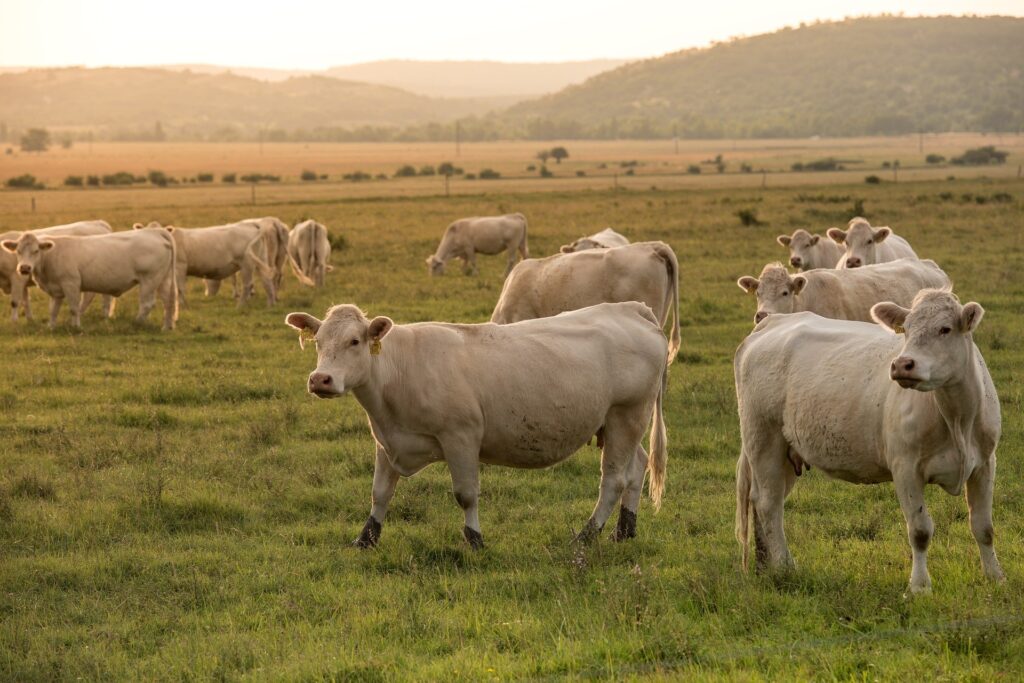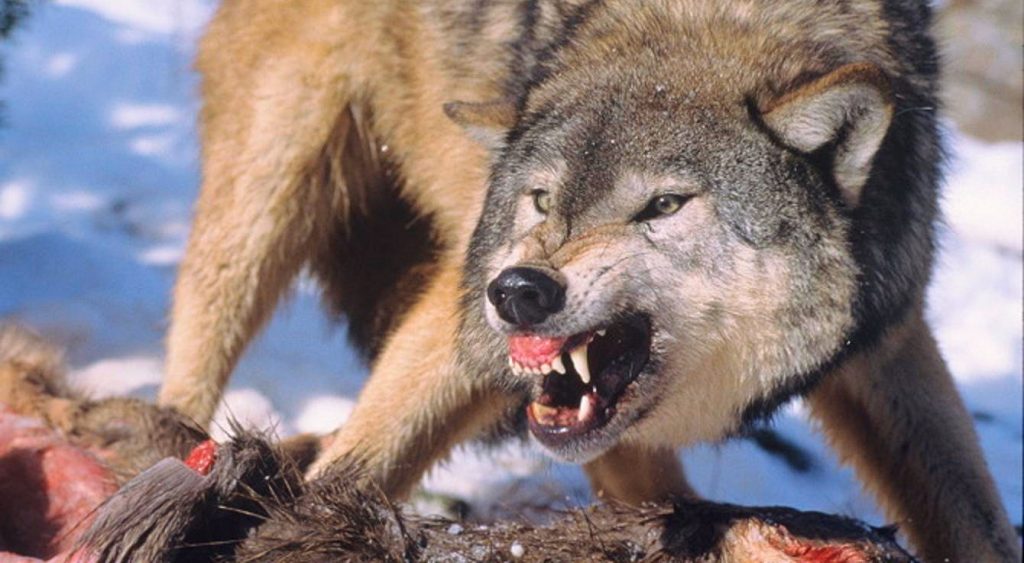Under indisputable drought conditions — during which the BLM is doing little to curb the overgrazing of massive numbers of wild horses throughout the West– the BLM and environmental groups are seeking to curtail cattle grazing, especially in the Grand Staircase-Escalante National Monument, which has been a hotbed of controversy ever since it was created.
 GRAND STAIRCASE-ESCALANTE NATIONAL MONUMENT — Utah ranchers and their Republican allies are rekindling an old battle that began almost 20 years ago when President Bill Clinton designated the vast Grand Staircase-Escalante National Monument.
GRAND STAIRCASE-ESCALANTE NATIONAL MONUMENT — Utah ranchers and their Republican allies are rekindling an old battle that began almost 20 years ago when President Bill Clinton designated the vast Grand Staircase-Escalante National Monument.
Members of Utah’s congressional delegation have teamed up to sponsor legislation aimed at expanding cattle grazing inside the 1.9 million-acre monument. Environmental groups are already waging a fight against the bill.
The issue is how much grazing is enough for the ranching families whose businesses stretch back more than a century — and how much is too much for the health of the land.
Kanab rancher Hal Hamblin’s ancestors have been running cattle in areas that are now within the monument since the late 1800s.
“My forefathers and myself and every rancher out here has protected this land,” Hamblin said as he piloted his truck past a monument boundary sign and headed toward his government-approved cattle allotment.
He worries that government policies have been slowly pushing cattle off the land — ever since Clinton’s controversial monument declaration in 1996. He believes it violates promises Clinton made at the time and that it’s unfair to ranchers.
“They’re not going to do anything that’s going to cause this to erode or to be destroyed in any way,” Hamblin said.
The changing rangeland
Environmentalists and the BLM, though, have documented a changing rangeland over the last decade or two.
“The grasses are very stunted,” said Jim Catlin, of the Sierra Club, as he walked across a cattle allotment inside the monument. “The grazing was at too high an intensity.”
The deteriorating conditions are a problem in much of the monument, according to Laura Welp, of theWestern Watersheds Project, a botanist who previously worked on the monument staff.
There’s just not enough forage for them to put out the numbers of cows that they are allotted.
“The grazing management has encouraged or allowed high levels of grazing, more than can sustain a healthy level of productivity,” Welp said.
Most parties in the controversy agree there’s been a serious decline in forage, the nourishing grasses that cows — and some wildlife — depend on. But there is serious disagreement about the causes of the decline and the prescriptions for addressing the problem.
 Cattle grazing has declined sharply in the years since Clinton designated the monument. According to statistics provided by environmental groups, in 2012 and 2013, ranchers used only 37,028 AUMs (animal unit months) in spite of the fact that the BLM has long permitted up to 76,864 AUMs. (One AUM means that one cow — or a cow and calf — is permitted to graze on BLM land for one month)
Cattle grazing has declined sharply in the years since Clinton designated the monument. According to statistics provided by environmental groups, in 2012 and 2013, ranchers used only 37,028 AUMs (animal unit months) in spite of the fact that the BLM has long permitted up to 76,864 AUMs. (One AUM means that one cow — or a cow and calf — is permitted to graze on BLM land for one month)
But the cutbacks are not due to government edicts. Ranchers themselves — in consultation with the BLM — agreed to reduce their cattle grazing within the monument.
“There’s just not enough forage for them to put out the numbers of cows that they are allotted,” Welp said.
Hamblin believes the real culprit is mismanagement — or lack of management — by the BLM. He believes there should be more range “treatment” projects, cattle-friendly manipulations of the land designed to encourage the growth of nutritious grasses. Such projects typically involve the removal of competing plants through the use of herbicides, mulching machines, drag-chaining and controlled burns, followed by reseeding.
“If they would allow us to burn it and get the plants coming back before they’re completely gone,” Hamblin said, “we can save a lot of erosion and a lot of problems that we have here.”
But environmentalists dispute the premise that the lack of such projects led to the widespread range deterioration.
“Grazing has gone down, I believe, because of improper response to droughts,” Catlin said. “If you graze hard during a drought, you amplify the effects of the drought.”
Legislation to help ranchers
With such arguments boiling, Sens. Mike Lee and Orrin Hatch are sponsoring legislation that sides with the ranchers. In an interview, Hatch said the bill is intended to reverse the declining trend in grazing that has created worries for many families in southern Utah.
“You’re taking away the very livelihood and the very life of these people who pioneered these areas, who understand them better than anybody,” Hatch said.
The bill directs the BLM to improve rangeland health and to return grazing to pre-monument levels that were the norm before 1996. Kane County Commissioner Jim Matson strongly supports the bill.
“It’s setting a limit that — over time — if you could manage toward and get back to, would really be desirable,” Matson said.
Both sides say they want better management, but they don’t agree on what that is.
Environmentalists worry the bill will put more pressure on the BLM to allow more treatment projects, more cattle, more damage to the land.



